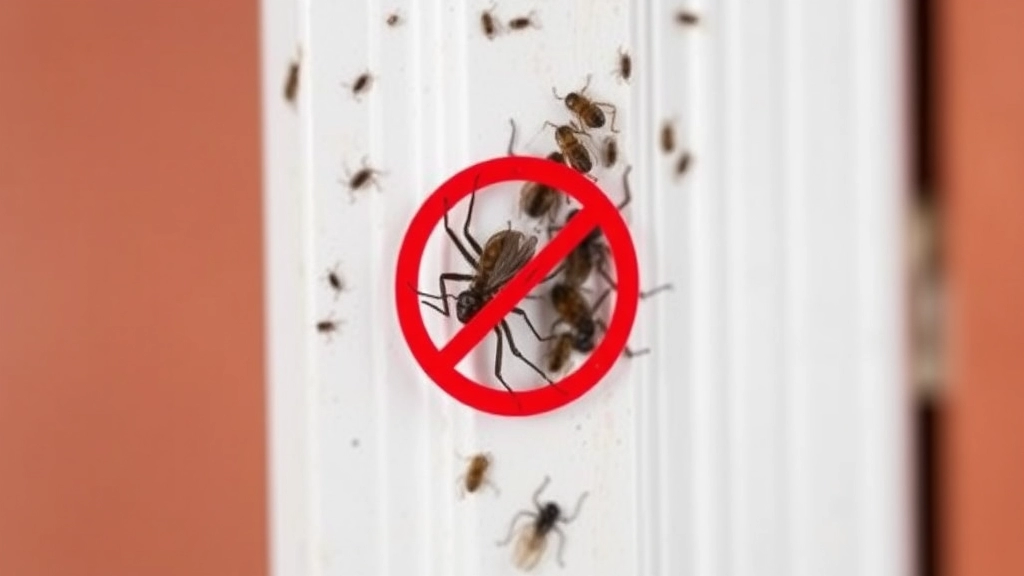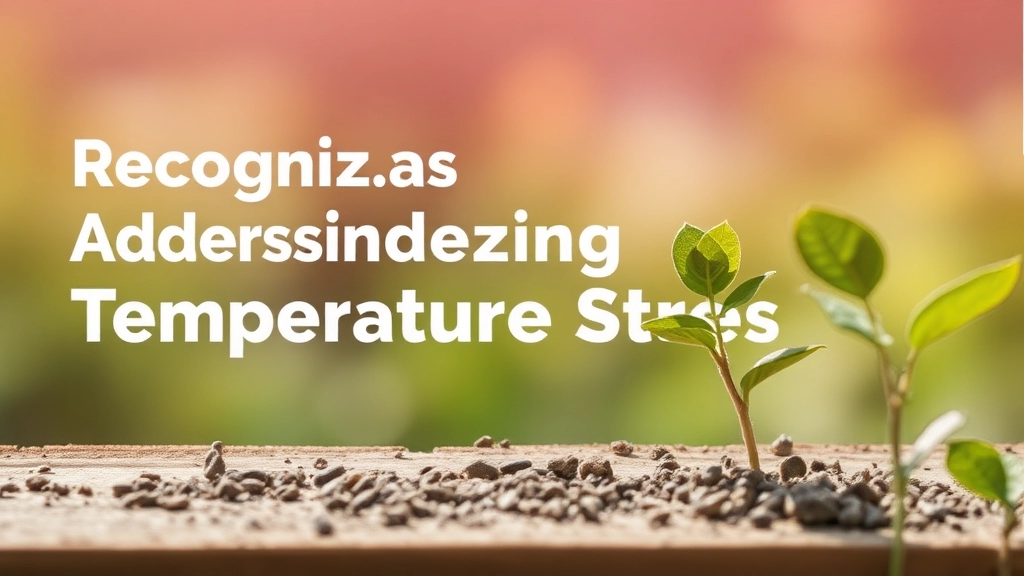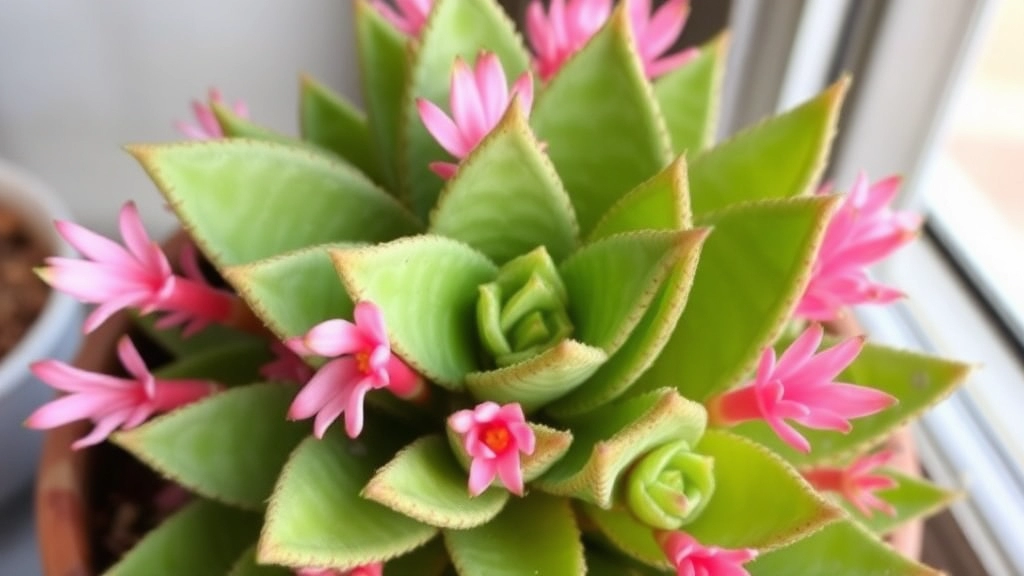Kalanchoe Humilis Care Guide
If you’re struggling with Kalanchoe Humilis problems, you’re not alone. Many plant enthusiasts encounter issues like overwatering, pest infestations, and inadequate sunlight. These common problems can affect the health and appearance of your Kalanchoe Humilis, but with the right care, you can keep your plant thriving.
Common Pitfalls
Understanding the common pitfalls—such as root rot from excessive watering, pest attacks, and environmental stressors like poor lighting—can make all the difference. In this guide, we’ll explore how to identify and resolve these issues, ensuring your Kalanchoe Humilis remains vibrant and healthy.
Common Watering Mistakes and How to Avoid Root Rot
Are you worried about overwatering your Kalanchoe humilis?
It’s a common concern among plant enthusiasts.
Watering mistakes can lead to root rot, a serious condition that can jeopardise your plant’s health.
Here’s how to avoid it.
Understanding Root Rot
Root rot occurs when the roots of your plant sit in waterlogged soil, leading to decay.
This can stem from a few common watering mistakes:
- Overwatering: Giving your plant too much water too frequently.
- Poor drainage: Using pots without drainage holes or heavy soil that retains moisture.
- Inconsistent watering: Alternating between drought and deluge can shock the plant.
Tips to Prevent Root Rot
- Check the Soil: Always check the top inch of soil. If it feels dry, it’s time to water.
- Use Well-Draining Soil: A cactus or succulent mix is ideal for Kalanchoe humilis.
- Choose the Right Pot: Ensure your pot has drainage holes to allow excess water to escape.
- Water Less Frequently: During the growing season, water every 1-2 weeks. In winter, reduce this to once a month.
- Observe Your Plant: Yellowing leaves can indicate overwatering, while shrivelling leaves might suggest underwatering.
For more detailed care tips, check out our complete guide to Kalanchoe plant care. If you’re growing specific varieties, you might find our Kalanchoe paddle plant care tips particularly useful.
Identifying and Treating Pest Infestations

Have you ever noticed tiny bugs crawling on your Kalanchoe Humilis?
Pest infestations can be a real nightmare for plant lovers.
But don’t fret! Let’s dive into how to spot these pesky critters and tackle them head-on.
Common Pests to Watch For
- Mealybugs: These little white fluffballs often hide in the leaf joints.
- Aphids: Tiny green or black bugs that cluster on new growth.
- Spider Mites: You might see fine webbing or tiny specks on the leaves.
- Scale Insects: These look like small bumps on the stems and leaves.
How to Identify Infestations
- Visual Inspection: Regularly check your plant, especially under leaves and in crevices.
- Leaf Damage: Yellowing, wilting, or distorted leaves can indicate a pest problem.
- Sticky Residue: If your plant feels sticky, it could be honeydew from aphids or mealybugs.
Treatment Options
- Manual Removal: If you spot a few pests, just wipe them off with a damp cloth.
- Insecticidal Soap: Spray this on affected areas to suffocate the bugs.
- Neem Oil: A natural remedy that disrupts the life cycle of pests.
- Diatomaceous Earth: Sprinkle this around your plant to create a barrier against crawling insects.
Prevention Tips
- Quarantine New Plants: Keep them separate for a few weeks to check for pests.
- Maintain Healthy Conditions: Strong plants are less susceptible to infestations.
- Regular Cleaning: Wipe down leaves to remove dust and potential pests.
Managing Sunlight and Preventing Leaf Stretching (Etiolation)
Are your Kalanchoe Humilis plants looking a bit leggy?
You’re not alone in worrying about leaf stretching, also known as etiolation.
This common issue arises when your plant isn’t receiving enough sunlight.
To ensure your Kalanchoe thrives, it’s essential to manage its light exposure effectively.
Key Tips for Managing Sunlight:
- Optimal Light Conditions: Kalanchoe Humilis prefers bright, indirect sunlight.
- Rotation: Regularly rotate your plant to ensure all sides receive equal light.
- Avoid Direct Sunlight: Too much direct sun can scorch the leaves, so aim for filtered light.
- Monitor Growth: If you notice leaves stretching towards the light source, it’s a sign it needs more exposure.
Signs of Etiolation:
- Long, Weak Stems: Stems appear elongated and thin.
- Small Leaves: Leaves may be smaller than usual.
- Pale Colouration: A lack of vibrant greens can indicate insufficient light.
If you find your Kalanchoe stretching, consider moving it closer to a window or supplementing with grow lights.
For more detailed tips on keeping your Kalanchoe healthy, check out our complete guide to Kalanchoe plant care. Additionally, if you notice issues like leaves falling off, you might find our article on why Kalanchoe leaves fall off helpful.
Remember, the right balance of sunlight will keep your Kalanchoe Humilis compact and healthy.
Recognizing and Addressing Temperature Stress

Are you noticing your Kalanchoe Humilis wilting or showing signs of distress?
Temperature stress might be the culprit.
Plants, like us, thrive in specific conditions.
For Kalanchoe Humilis, the ideal temperature range is between 18°C to 24°C.
When temperatures drop below 10°C or rise above 30°C, your plant may start to show signs of stress.
Signs of Temperature Stress
- Wilting Leaves: Leaves may droop or become limp.
- Discolouration: Look for yellowing or browning edges.
- Leaf Drop: A sudden loss of leaves can indicate stress.
- Stunted Growth: If your plant isn’t growing as it should, check the temperature.
How to Address Temperature Stress
- Monitor the Environment: Use a thermometer to keep track of room temperature.
- Adjust Location:
- Move your plant away from cold drafts or heat sources.
- A stable environment is key.
- Insulate Pots: If your plant is outside, consider insulating pots during colder months to maintain warmth.
- Use Grow Lights: In colder seasons, grow lights can help maintain a warm environment.
- Humidity Control: While Kalanchoe prefers drier conditions, sudden humidity changes can stress the plant.
Soil Requirements and Pot Selection for Healthy Growth
Are you struggling to keep your Kalanchoe Humilis thriving? One of the most crucial elements in their care is the right soil and pot selection.
Soil Requirements
Kalanchoe Humilis prefers well-draining soil to prevent water retention, which can lead to root rot. Here’s what to look for:
- Cactus or Succulent Mix: This type of soil is formulated to provide excellent drainage.
- Perlite or Pumice: Adding these materials increases aeration and drainage.
- pH Level: Aim for a slightly acidic to neutral pH (around 6.0 to 7.0).
Pot Selection
Choosing the right pot is just as vital as selecting the right soil. Here’s a quick guide:
- Material: Terracotta pots are ideal as they allow moisture to evaporate quickly. Plastic pots can retain moisture, so ensure they have drainage holes.
- Size: Select a pot that is slightly larger than the current root ball. Too large a pot can hold excess moisture, while too small can restrict growth.
- Drainage Holes: Always opt for pots with drainage holes to prevent water from accumulating at the bottom.
If you’re interested in more detailed care tips, check out our Comprehensive Kalanchoe Plant Care Guide. For those looking to expand their collection, consider exploring the best varieties and prices of Kalanchoe succulents for sale.
Signs Your Kalanchoe Humilis Needs Repotting
So, you’ve been nurturing your Kalanchoe Humilis, but how do you know when it’s time for a little upgrade?
Let’s face it, no one wants their beloved plant to feel cramped or unhappy.
Here are some telltale signs that your Kalanchoe might be ready for a new home:
- Roots Poking Out: If you see roots sticking out of the drainage holes, it’s a clear sign your plant is outgrowing its pot.
- Water Drains Too Quickly: When you water, if it seems like the soil dries up in no time, your plant might need more room to soak it all in.
- Stunted Growth: If your Kalanchoe isn’t putting on new leaves or flowers, it could be telling you it’s time for a bigger space.
- Soil Degradation: If the soil looks compacted or has a crusty surface, it’s time for a refresh.
- Yellowing Leaves: This can indicate stress, and sometimes, repotting can help revive your plant.
When you notice these signs, don’t panic! Repotting is a straightforward process.
Here’s a quick rundown of how to do it:
- Choose a Slightly Larger Pot: Aim for one that’s just a couple of inches wider.
- Use Fresh Soil: A well-draining mix is key. Look for cactus or succulent soil.
- Gently Remove the Plant: Take care not to damage the roots.
- Fill with Soil: Place your Kalanchoe in its new pot and fill around it with fresh soil, ensuring it’s snug but not too tight.
Repotting can give your Kalanchoe a new lease on life, but remember, it’s best done during the growing season. For more detailed guidance, you might find our complete guide to Kalanchoe plant care useful. Additionally, if your Kalanchoe is showing other signs of distress, check out our tips on how to fix soft Kalanchoe leaves.
FAQs on Kalanchoe Humilis Problems
What are the common pests that affect Kalanchoe Humilis?
Common pests include Mealybugs, Aphids, Spider Mites, and Scale Insects. These pests can cause significant damage if not addressed promptly.
How can I identify a pest infestation on my Kalanchoe Humilis?
Look for signs such as yellowing, wilting, or distorted leaves, sticky residue on the plant, and visual inspection of the leaf joints and crevices where pests often hide.
What are effective treatments for pest infestations on Kalanchoe Humilis?
Treatment options include manual removal of pests, using insecticidal soap, applying neem oil, and sprinkling diatomaceous earth around the plant to create a barrier against crawling insects.
How can I prevent pest infestations on my Kalanchoe Humilis?
Preventive measures include quarantining new plants for a few weeks, maintaining healthy plant conditions, and regularly cleaning the leaves to remove dust and potential pests.
What temperature range is ideal for Kalanchoe Humilis?
The ideal temperature range for Kalanchoe Humilis is between 18°C to 24°C. Temperatures below 10°C or above 30°C can cause stress to the plant.
What are the signs of temperature stress in Kalanchoe Humilis?
Signs of temperature stress include wilting leaves, discoloration (yellowing or browning edges), leaf drop, and stunted growth.
How can I address temperature stress in my Kalanchoe Humilis?
To address temperature stress, you should monitor the environment using a thermometer, adjust the plant’s location to avoid cold drafts or heat sources, insulate pots during colder months, use grow lights in colder seasons, and manage humidity control to prevent sudden changes.
References
-
Gardening Know How: Kalanchoe Humilis Pests
-
The Spruce: Kalanchoe Humilis Care Guide
-
Old Farmer’s Almanac: How to Grow and Care for Kalanchoe
